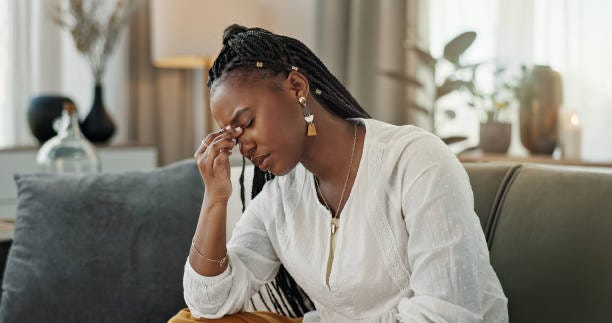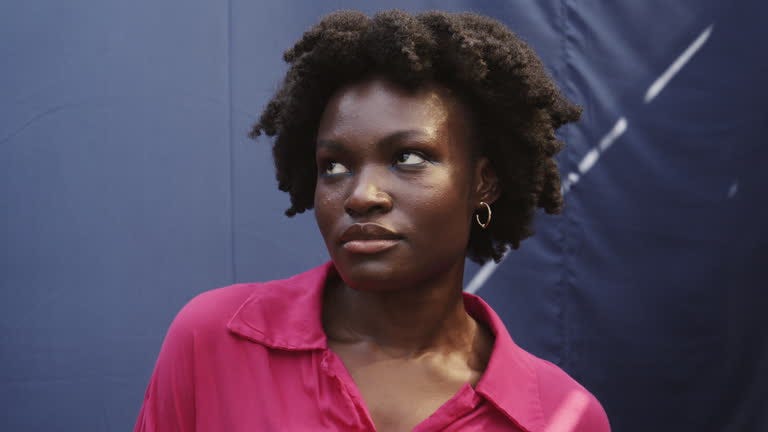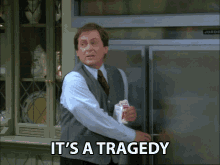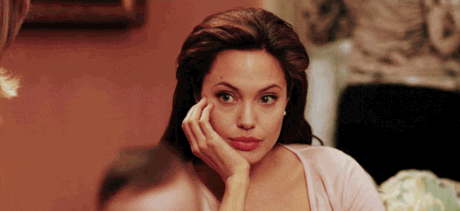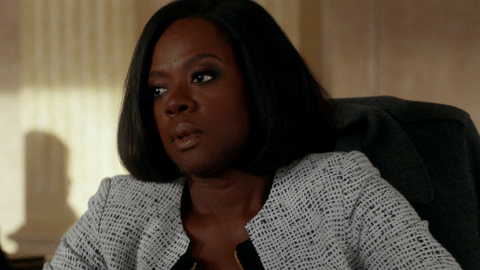Did you know most of the artists and philosophers we consider great now were overlooked in their lifetime?
Some were called mad, persecuted, starving, and sometimes even murdered for the light and gift they carried.
But in our lifetime, a greater pandemic is shutting out talents — Desirability.
Do you ever have the feeling that we’re going to miss out on amazing people because we are intolerant of “unconventionally attractive” people?
Yes, it’s in quotes because it’s such an annoying phrase.
This post has been a long time coming, and the first draft was written in February, but new events triggered it.
Dear archive lover,
Welcome to today’s edition, where we discuss the consequences of demanding desirability in art and artists!
If TikTok feeds you American content, you’ve heard all the derogatory statements made about the 12-foot-tall statue in New York of the black woman.
She and the backlash she caused were the final trigger for this post.
So let’s dive in.
When was the last time you put on a Hollywood movie and saw a natural redhead that wasn’t Jessica Chastain or Karen Gillan, or Bryce? Do all redheads look like them?
When was the last time you saw an unconventionally looking musician who is yet to be established?
Let’s recall Sabrina Carpenter before Espresso.
She is the same woman she has always been, but she had to put on pretty clothes and pretty make-up and play up the silly to be given a chance.
This beauty standard madness is stealing from us and we don’t even realize it.
When was the last time you saw people receptive to a monoracial black woman as a main lead in Hollywood?
Let me bring a recent example to light - Francesca Rivers as Tom Holland's leading lady in Romeo and Juliet. Or Annie in Sinners, and everybody called her Smoke’s mother. Because she wasn’t stick thin.
Or tell about a recent popular blockbuster movie where the leading lady was darker than her male counterparts, even in African movies.
From Hollywood to Bollywood to Nollywood to Korean entertainment, there is a very rigid system that has been set for artists to look for them to be taken seriously.
“Perfect” face, “perfect” body, and a curated personality as though they’re dolls to play make-believe with and not real people.
They have to embody what we desire to be.
Authors, actors, and musicians who closely resemble this perceived perfection are the people we are most willing to give a chance.
“There’s a plastic surgery epidemic,” but we mock those we deem undesirable. We pick them apart till their bodies become uncomfortable for them to exist, and chop they go.
When you read a book, it shouldn’t matter what the author looks like; what they wrote should take precedence over their physical attributes.
When an actor plays a role, it doesn’t matter what they look like, but how they act out the script. The same with music — convey the emotions, send the message home.
None of these require people to look a certain way, unless in cases of storytelling where the way they look is central to the story being told.
In this case, a physical marker that shapes the character’s arc, like a scar, height, or weight.
However, things have reverted. Musicians are now rated on how conventionally attractive they look again, models are rated on how skinny they look again, etc.
This might be an echo chamber thing, but artists have started to look alike for them to be cast in a movie.
The red carpet is not as fun and exciting as it’s meant to be. Celebrities are looking alike now more than ever before.
The race to youth among older artists has also been at an alarming rise.
However, it’ll be disingenuous to act like this only plays out in Hollywood. I’ve watched Asian films for years, and the desirability craze is becoming very active there.
This makes me wonder, are we possibly losing great artists in the clamor for desirable artists?
Not just by withholding grace and opportunities, but also stripping them of their bodies.
An artist forced to change so drastically physically to be taken seriously will always have a residual cynicism about the circumstances. A resentment they’ll silently carry.
You did not want them, you wanted a caricature to accept them. And every day they look in the mirror, it’ll be a constant reminder of what they had to erase.
When did desirability or conventional beauty become a criterion for artists? Will we ever find our way back?
This is even something that affects the indie community. Every Indie artist I’ve seen lately has also been somewhat “desirable.”
Would artists with prominent features like Nina Simone exist in this current landscape?
Would we give a chance to an artist who looks like her today? Would we listen or hear her out if she were born in our generation?
Won’t we hate her “woke” music? Won’t we hate her “woke“ takes? Whatever that means.
Even in spaces where “intellect“ and “expertise" are sought after, in the book community, fashion community, and political spaces, we want it to be presented in a “desirable” package.
There’s a growing trend of looking for influencers or thought leaders who appreciate and educate on certain topics, and whenever existing creators are mentioned, there’s no follow-up.
From the party that was in search of the thought leaders to the 100 thousand-plus people who agreed.
There is no lack of talented people, there is a lack of appreciation and tolerance.
A shallow engagement with intellectualism and art. A need to be seen as someone “thoughtful“ or “different,“ hopefully to improve their social currency from the performance of appreciation.
We want everything packaged in our myopic lens of desirability. Shiny and glittery cause we hate difference and non-conformity to the arbitrary beauty standards.
We need to stop this silliness guised as “opinions” and “preferences.” It’s a slippery slope, and bigotry thrives there.
Desirability and conformity are where art comes to die, and I refuse to blame the artists who go under the knife or embrace cosmetics to be taken seriously.
They have a rare gift, and it is sad to see that gift be secondary to how they look when what they carry and hope to share should be the focus.
Next time you see an actor, watch what they deliver. See a musician, listen to the voice, the melody, the message. See a painter, look at the painting, same with a photographer.
Artists who have the privilege to roam faceless have thrived as well.
But no one should be so uncomfortable with their bodies and faces because we cannot see them as desirable, much less artists.


